The Great Green
This photographic project questions the nature of authenticity in archaeological sites and museumified architectures, where the true and the seemingly true intertwine in an ambiguous coexistence. What were once vestiges of the past have today been transformed into an experience that increasingly resembles a visit to a theme park, where carefully crafted reconstructions are presented as reality. The ruin becomes scenography.
The images captured in this archive (begun in 2013 and still perpetually growing) reveal archaeological landscapes in which the viewer accepts the apparent as true, perpetuating a mythologized vision of our past. The archive not only documents the material remains, but also the historical fictions that have been erected through them, constructing a distorted memory that is presented as unquestionable. A deferred memory, where elements from distant times coexist, integrate and merge with current elements in a singular postmodern syncretism.
The Mediterranean basin, a place where cultural interactions have been intense and constant over millennia, serves as the setting for this project, from Classical Antiquity to the Middle Ages. Here, the traces of the past coexist with modern reconstructions, creating a palimpsest in which the authentic and the recreated blend indistinguishably. Mare Nostrum ("Our Sea") in Imperial Rome, the “Great Sea” of the early Hebrew communities, or the “Great Green” (Wadj-wer) in Ancient Egyptian times. One sea, one sun, and survival and development strategies that frequently overlap and blur.
The project is organized into three chapters: Myth (burials and infrastructure), Progress (columns and structure), and War (walls, temples, and fortifications). Each image forms part of a visual grid that suggests the fragmentation of the past, with gaps and absences that invite the imagination to fill in what history cannot reveal. These voids not only evoke historical uncertainties but also reflect how, in the absence of certainties, the apparent takes the place of the true. In a world where distances seem to be shrinking, yet the construction of historical narratives becomes increasingly artificial, this photographic archive seeks to uncover the fragility of that "apparent truth" that dominates our perception of the vestiges of the past.
This photographic project questions the nature of authenticity in archaeological sites and museumified architectures, where the true and the seemingly true intertwine in an ambiguous coexistence. What were once vestiges of the past have today been transformed into an experience that increasingly resembles a visit to a theme park, where carefully crafted reconstructions are presented as reality. The ruin becomes scenography.
The images captured in this archive (begun in 2013 and still perpetually growing) reveal archaeological landscapes in which the viewer accepts the apparent as true, perpetuating a mythologized vision of our past. The archive not only documents the material remains, but also the historical fictions that have been erected through them, constructing a distorted memory that is presented as unquestionable. A deferred memory, where elements from distant times coexist, integrate and merge with current elements in a singular postmodern syncretism.
The Mediterranean basin, a place where cultural interactions have been intense and constant over millennia, serves as the setting for this project, from Classical Antiquity to the Middle Ages. Here, the traces of the past coexist with modern reconstructions, creating a palimpsest in which the authentic and the recreated blend indistinguishably. Mare Nostrum ("Our Sea") in Imperial Rome, the “Great Sea” of the early Hebrew communities, or the “Great Green” (Wadj-wer) in Ancient Egyptian times. One sea, one sun, and survival and development strategies that frequently overlap and blur.
The project is organized into three chapters: Myth (burials and infrastructure), Progress (columns and structure), and War (walls, temples, and fortifications). Each image forms part of a visual grid that suggests the fragmentation of the past, with gaps and absences that invite the imagination to fill in what history cannot reveal. These voids not only evoke historical uncertainties but also reflect how, in the absence of certainties, the apparent takes the place of the true. In a world where distances seem to be shrinking, yet the construction of historical narratives becomes increasingly artificial, this photographic archive seeks to uncover the fragility of that "apparent truth" that dominates our perception of the vestiges of the past.
El Gran Verde
Este proyecto fotográfico cuestiona la naturaleza de la autenticidad en los yacimientos arqueológicos y arquitecturas museificadas, donde lo verdadero y lo aparentemente verdadero se entrelazan en una ambigua convivencia. Lo que en otros tiempos eran vestigios del pasado, hoy se ha transformado en una experiencia que cada vez se asemeja más a la visita a un parque temático, donde las reconstrucciones cuidadosamente elaboradas se presentan como realidad. La ruina deviene escenografía.
Las imágenes capturadas en este archivo (iniciado en 2013 y que aún está en perpetuo crecimiento) revelan paisajes arqueológicos en el que el espectador acepta lo aparente como verdadero, perpetuando una visión mitificada de nuestro pasado. El archivo no solo documenta los restos materiales, sino también las ficciones históricas que se han erigido a través de ellos, construyendo una memoria distorsionada que se presenta como incuestionable. Una memoria en diferido, donde conviven, se integran y se funden elementos procedentes de épocas lejanas junto con elementos actuales en un singular sincretismo postmoderno.
La cuenca mediterránea, un lugar donde las interacciones culturales han sido intensas y constantes a lo largo de milenios, sirve de escenario para este proyecto, desde la Antigüedad Clásica hasta la Edad Media. Aquí, las huellas del pasado conviven con las reconstrucciones modernas, creando un palimpsesto en el que lo auténtico y lo recreado se funden de manera indistinguible. Mare Nostrum (“Nuestro Mar”) en la Roma Imperial, el “Gran Mar” de las primeras comunidades hebreas o el “Gran Verde” (Wadj-wer) en tiempos del Antiguo Egipto. Un mismo mar, un mismo sol y estrategias de supervivencia y desarrollo que frecuentemente se solapan y se confunden.
El proyecto se articula en tres capítulos: El Mito (enterramientos e infraestructura), El Progreso (columnas y estructura) y La Guerra (muros, templos y fortificaciones). Cada imagen forma parte de una retícula visual que sugiere la fragmentación del pasado, con huecos y ausencias que invitan a la imaginación a rellenar lo que la historia no puede desvelar. Estos vacíos no solo evocan las incógnitas históricas, sino que también reflejan cómo, en ausencia de certezas, lo aparente ocupa el lugar de lo verdadero. En un mundo en el que las distancias parecen reducirse, pero la construcción de narrativas históricas se vuelve cada vez más artificial, este archivo fotográfico busca desvelar la fragilidad de esa "verdad" aparente que domina nuestra percepción de los vestigios del pasado.
Este proyecto fotográfico cuestiona la naturaleza de la autenticidad en los yacimientos arqueológicos y arquitecturas museificadas, donde lo verdadero y lo aparentemente verdadero se entrelazan en una ambigua convivencia. Lo que en otros tiempos eran vestigios del pasado, hoy se ha transformado en una experiencia que cada vez se asemeja más a la visita a un parque temático, donde las reconstrucciones cuidadosamente elaboradas se presentan como realidad. La ruina deviene escenografía.
Las imágenes capturadas en este archivo (iniciado en 2013 y que aún está en perpetuo crecimiento) revelan paisajes arqueológicos en el que el espectador acepta lo aparente como verdadero, perpetuando una visión mitificada de nuestro pasado. El archivo no solo documenta los restos materiales, sino también las ficciones históricas que se han erigido a través de ellos, construyendo una memoria distorsionada que se presenta como incuestionable. Una memoria en diferido, donde conviven, se integran y se funden elementos procedentes de épocas lejanas junto con elementos actuales en un singular sincretismo postmoderno.
La cuenca mediterránea, un lugar donde las interacciones culturales han sido intensas y constantes a lo largo de milenios, sirve de escenario para este proyecto, desde la Antigüedad Clásica hasta la Edad Media. Aquí, las huellas del pasado conviven con las reconstrucciones modernas, creando un palimpsesto en el que lo auténtico y lo recreado se funden de manera indistinguible. Mare Nostrum (“Nuestro Mar”) en la Roma Imperial, el “Gran Mar” de las primeras comunidades hebreas o el “Gran Verde” (Wadj-wer) en tiempos del Antiguo Egipto. Un mismo mar, un mismo sol y estrategias de supervivencia y desarrollo que frecuentemente se solapan y se confunden.
El proyecto se articula en tres capítulos: El Mito (enterramientos e infraestructura), El Progreso (columnas y estructura) y La Guerra (muros, templos y fortificaciones). Cada imagen forma parte de una retícula visual que sugiere la fragmentación del pasado, con huecos y ausencias que invitan a la imaginación a rellenar lo que la historia no puede desvelar. Estos vacíos no solo evocan las incógnitas históricas, sino que también reflejan cómo, en ausencia de certezas, lo aparente ocupa el lugar de lo verdadero. En un mundo en el que las distancias parecen reducirse, pero la construcción de narrativas históricas se vuelve cada vez más artificial, este archivo fotográfico busca desvelar la fragilidad de esa "verdad" aparente que domina nuestra percepción de los vestigios del pasado.
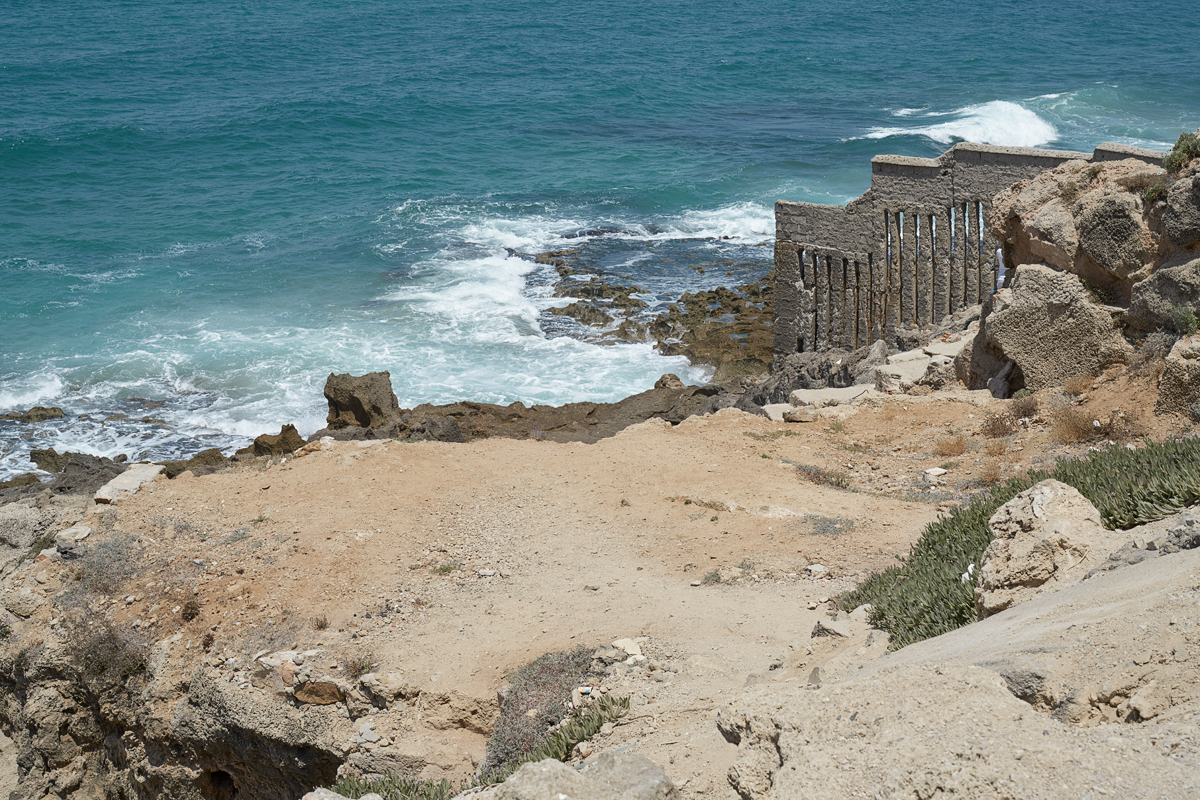
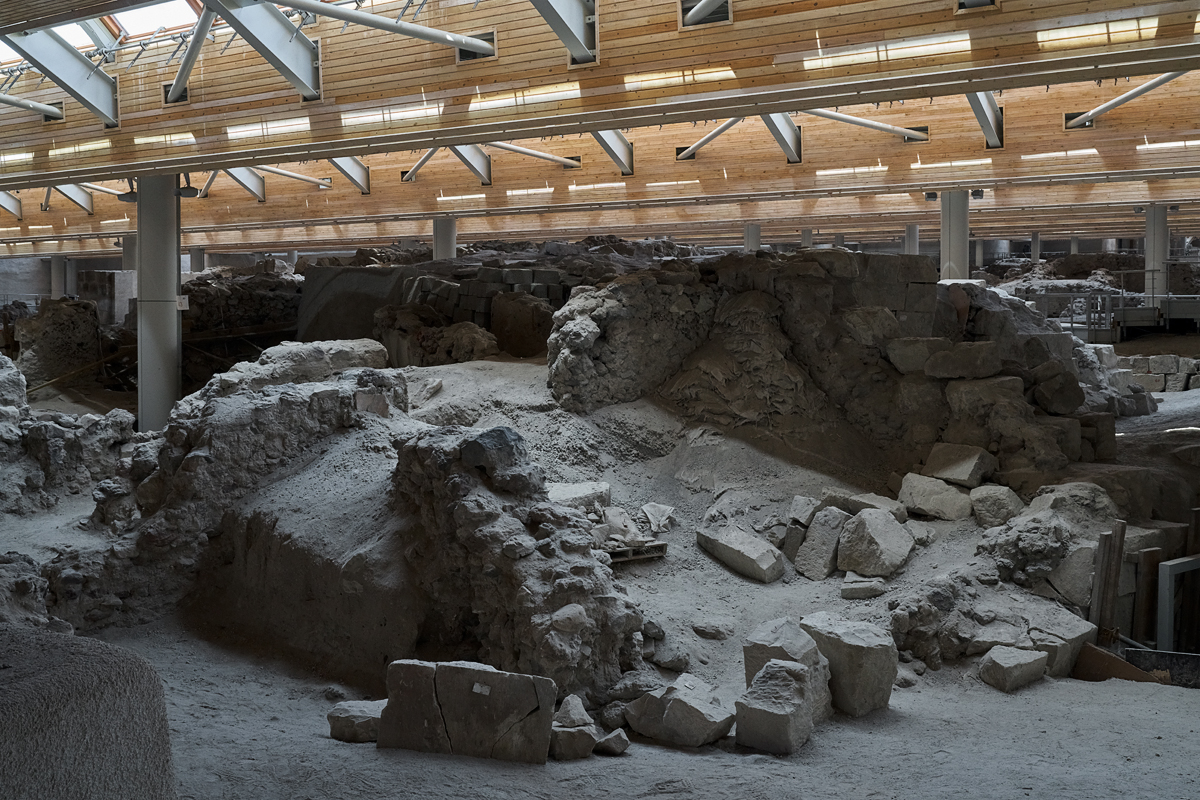

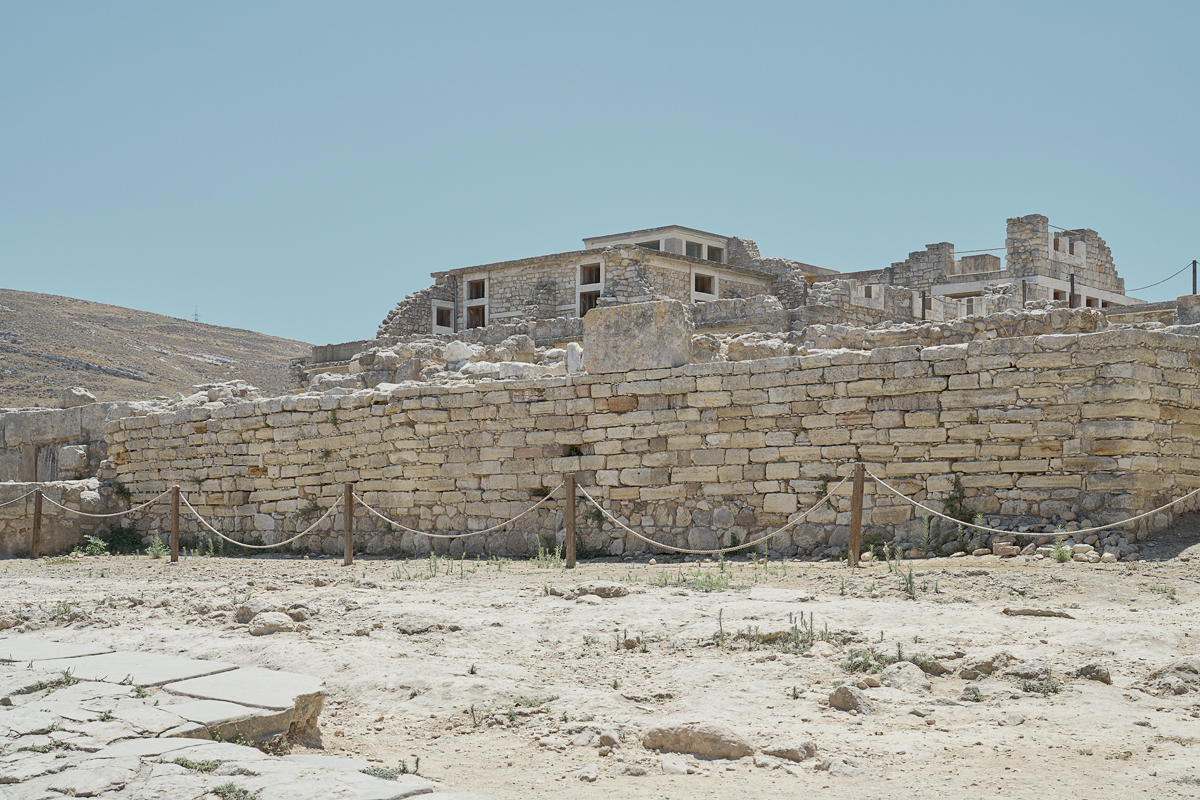
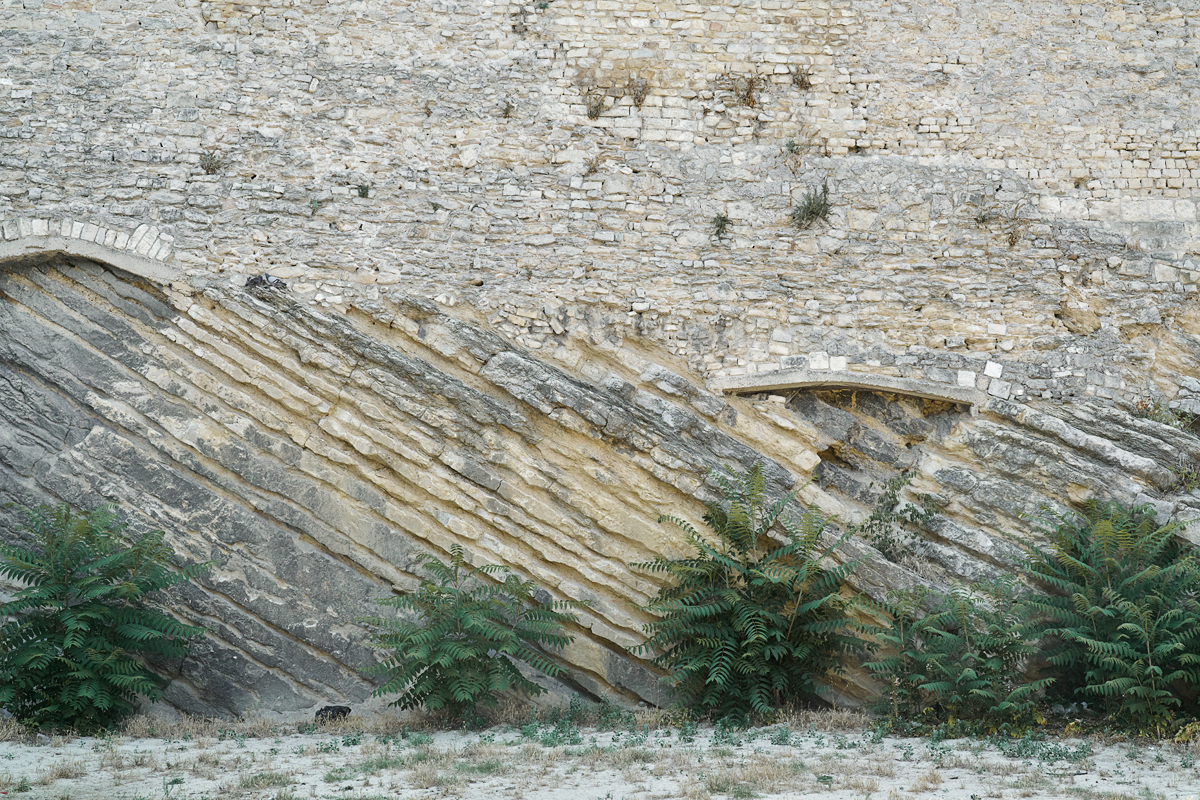
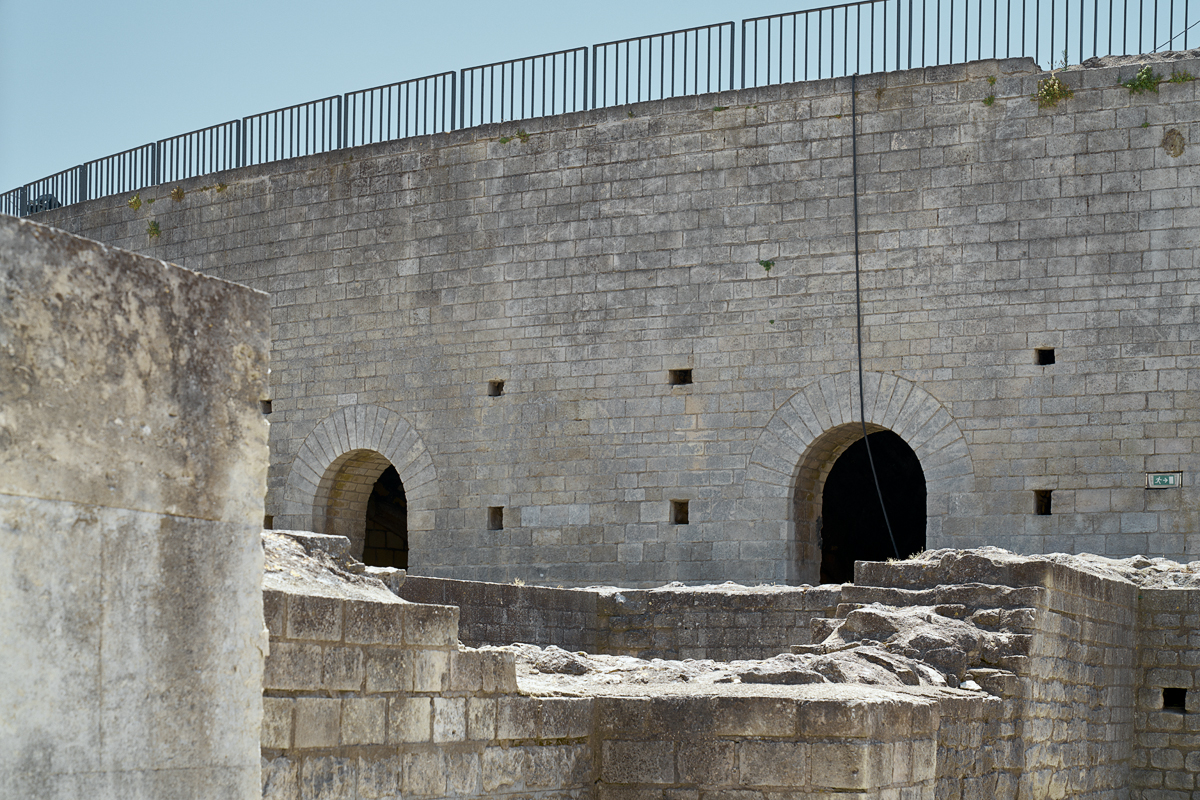

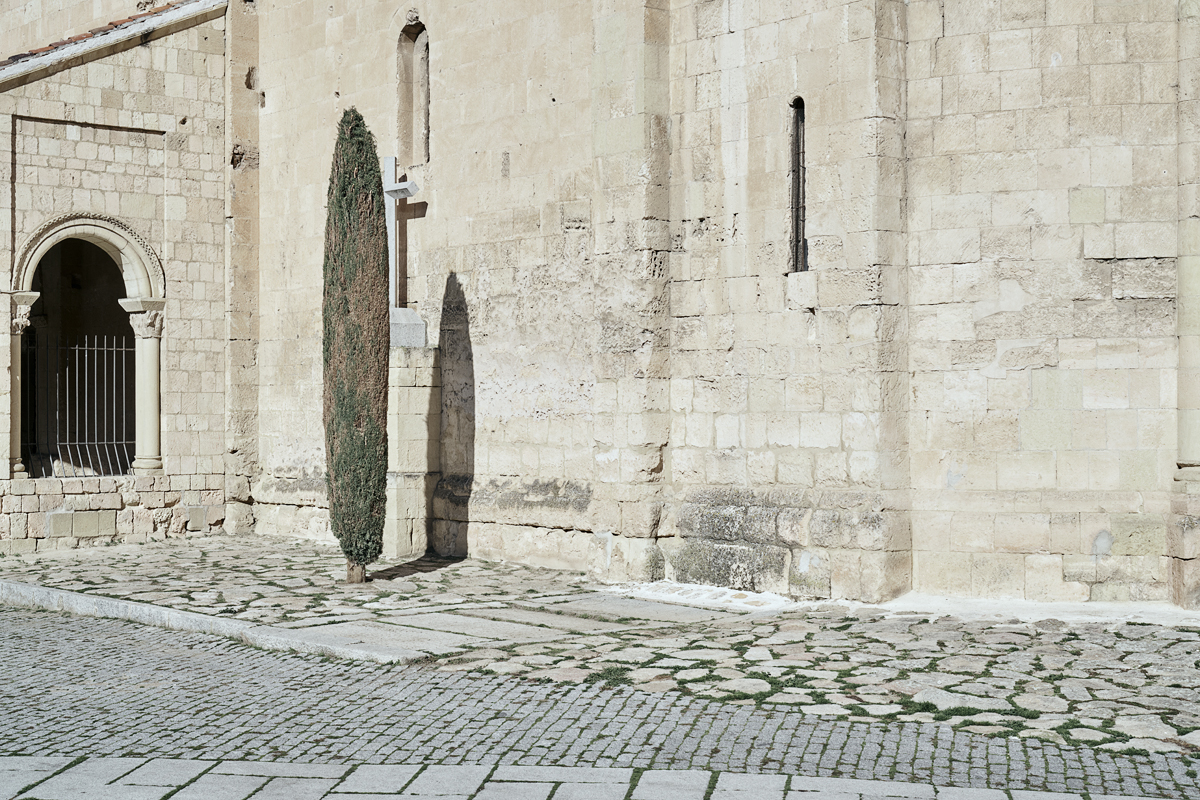

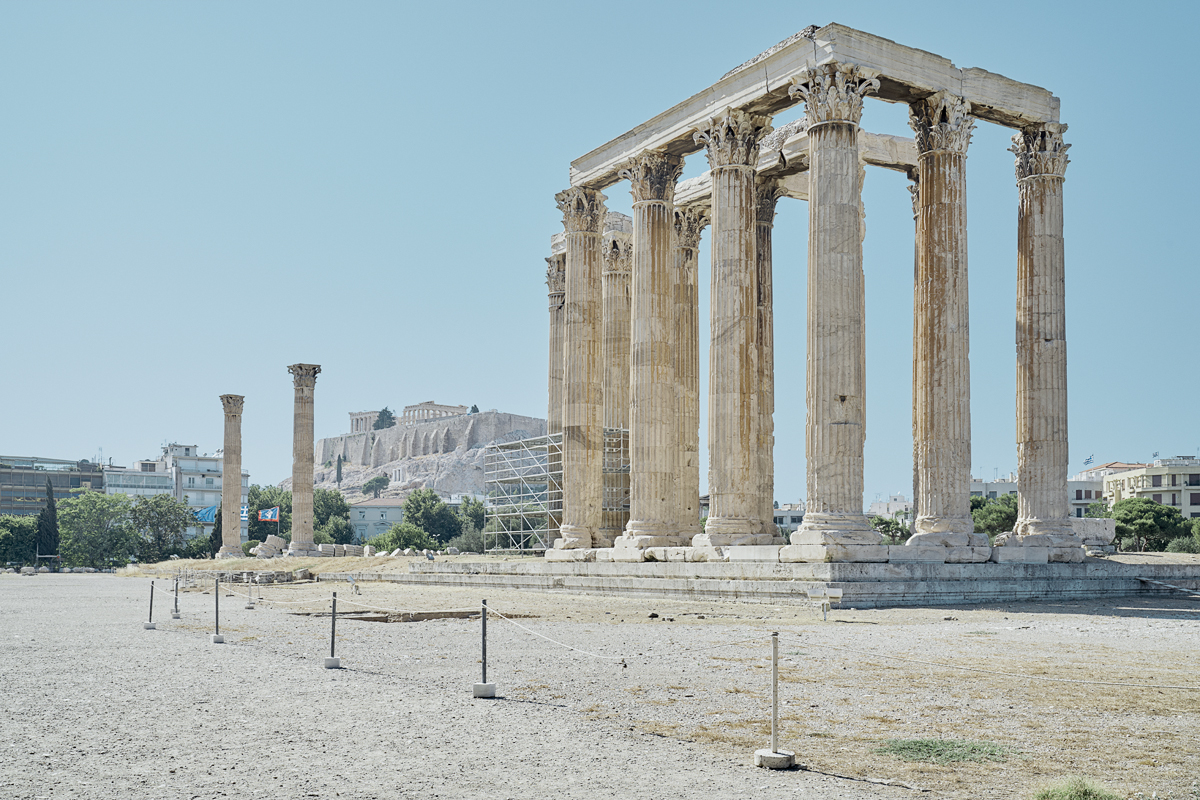

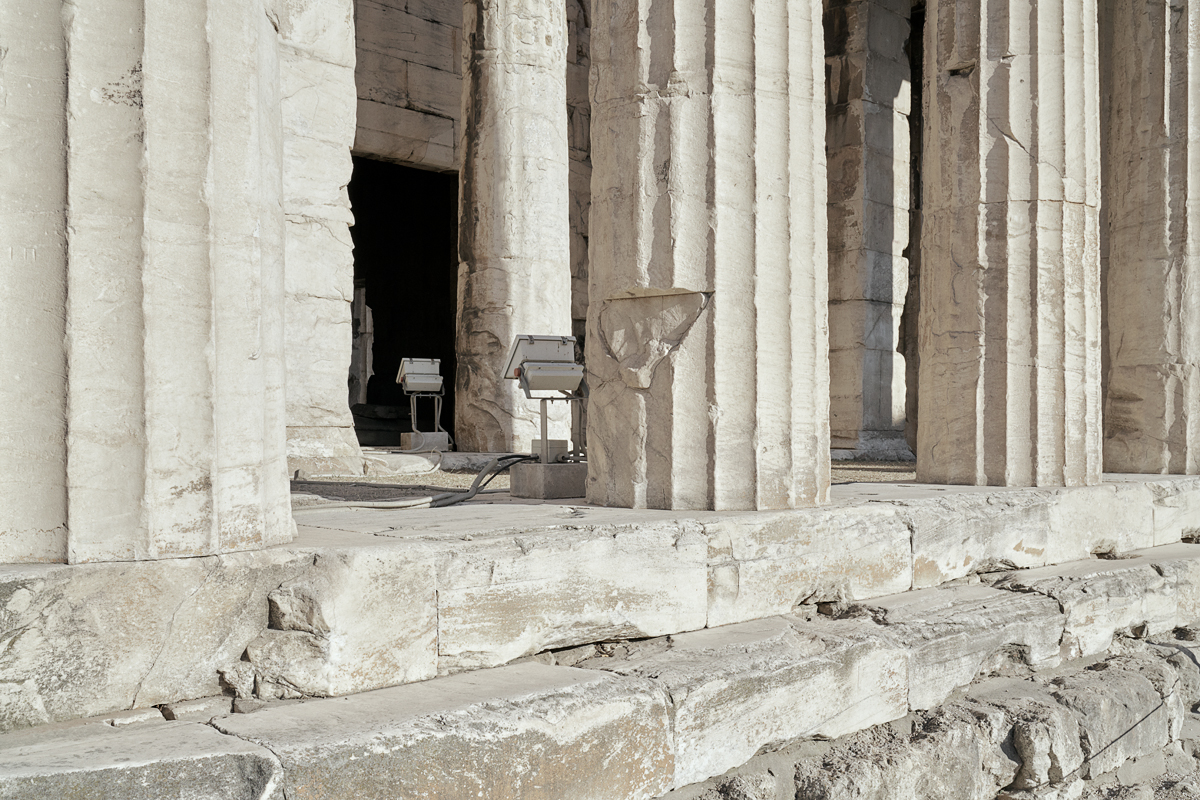




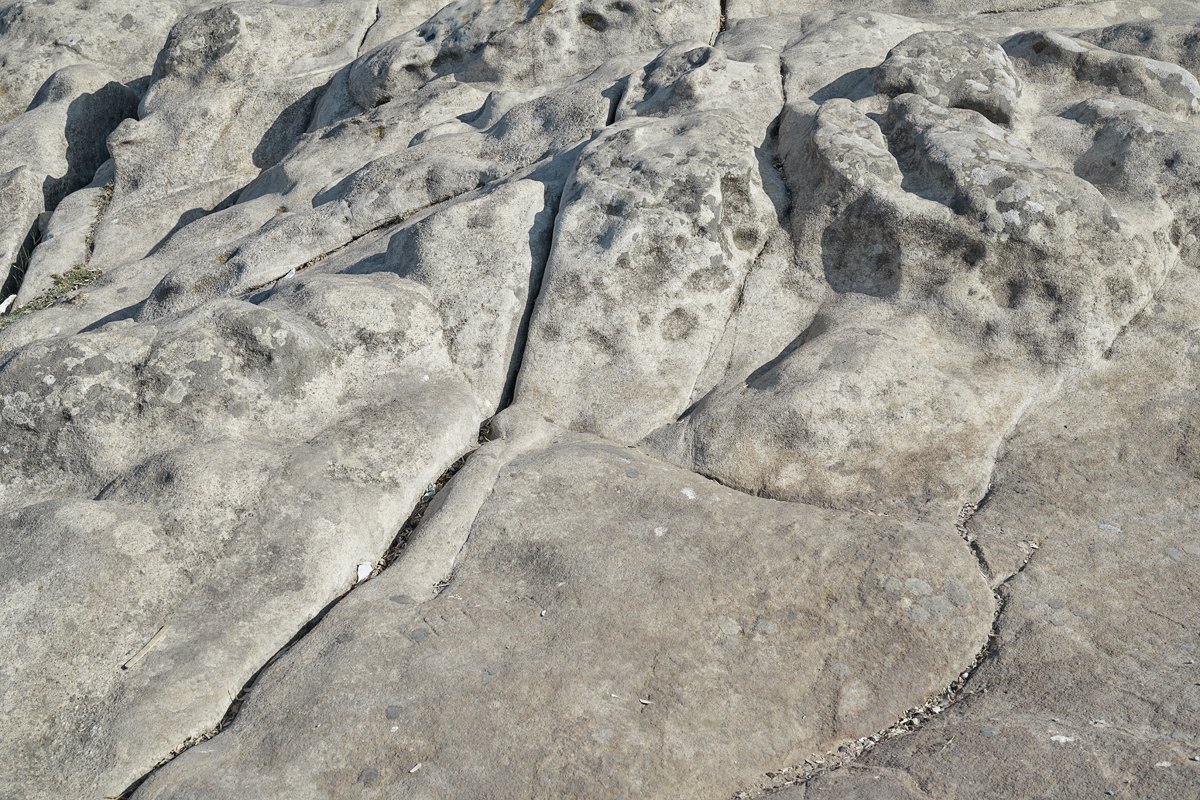



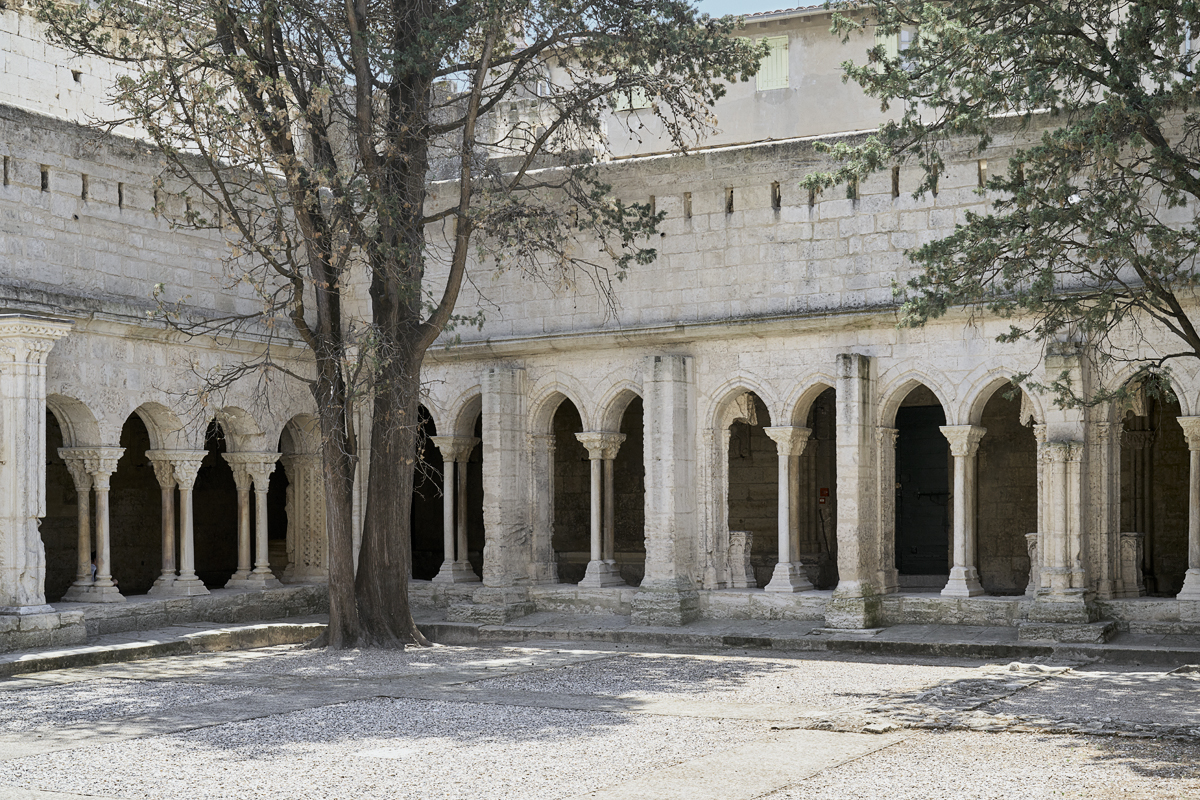

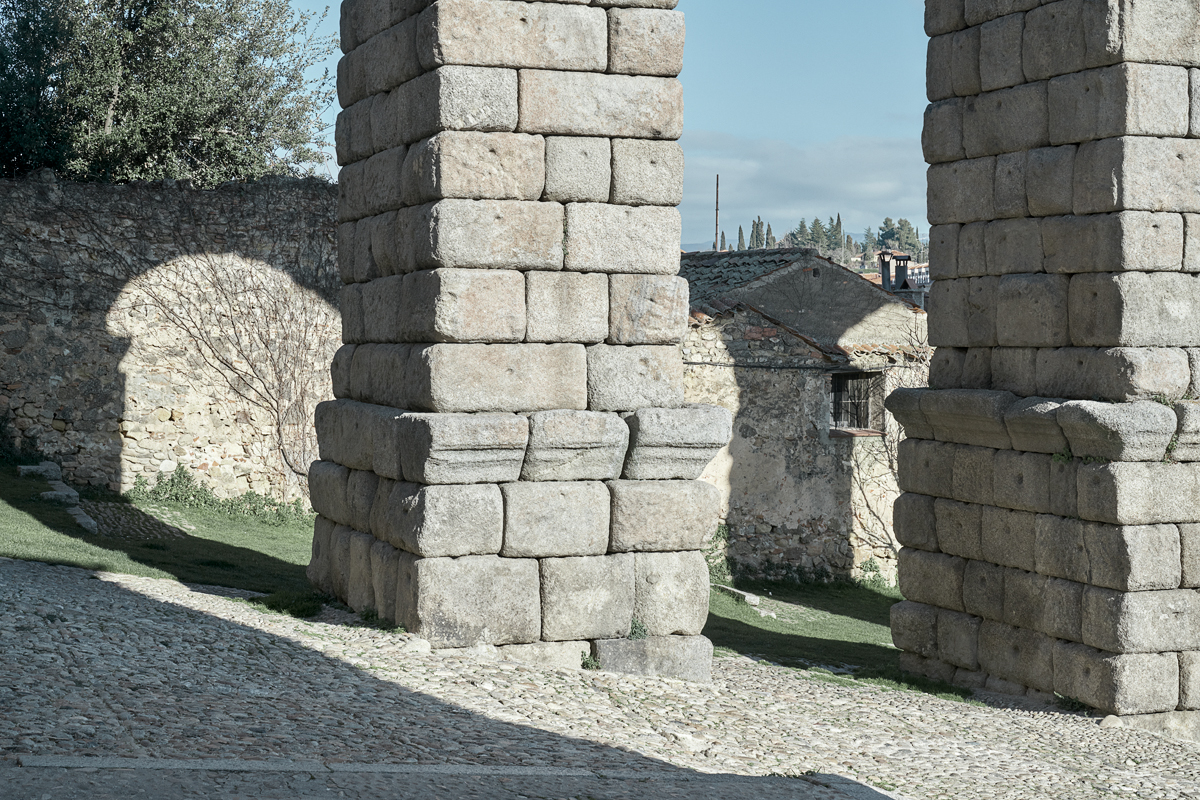
Published on:
> “Iván Cáceres: The Great Green”. Al-Tiba9: Contemporary Art Magazine Issue06 (2019).
> “Iván Cáceres: The Great Green”. Al-Tiba9: Contemporary Art Magazine Issue06 (2019).
Publicado en:
> “Iván Cáceres: The Great Green”. Al-Tiba9: Contemporary Art Magazine Issue06 (2019).
> “Iván Cáceres: The Great Green”. Al-Tiba9: Contemporary Art Magazine Issue06 (2019).
© IVÁN CÁCERES. Madrid (Spain), Phone: +34676344345, e-mail: ivancaceresart@gmail.com